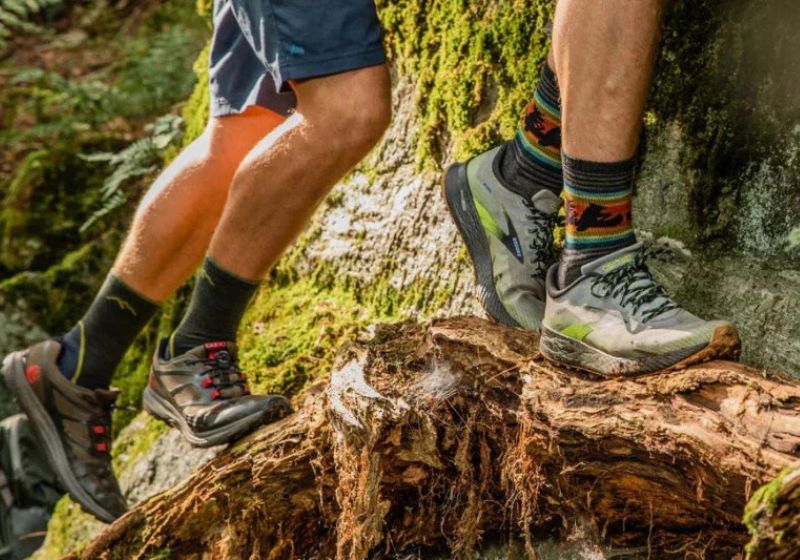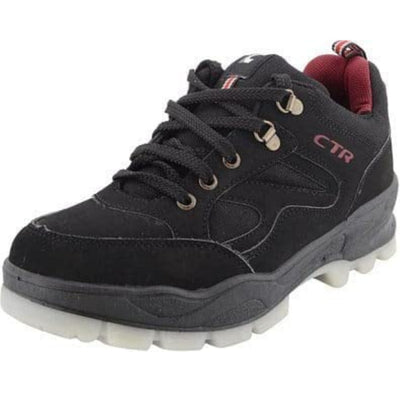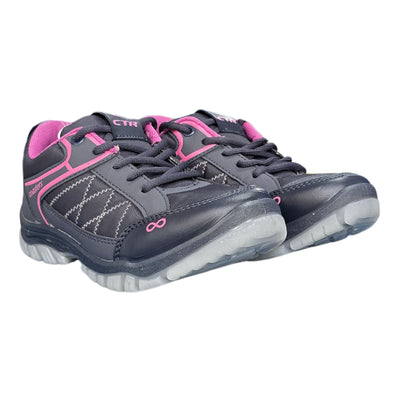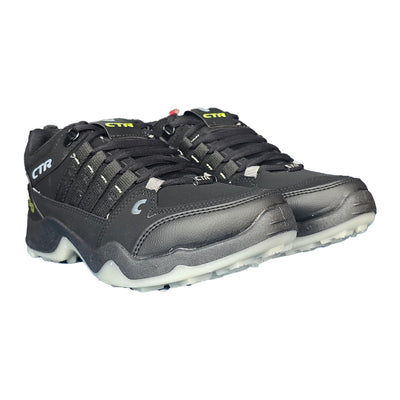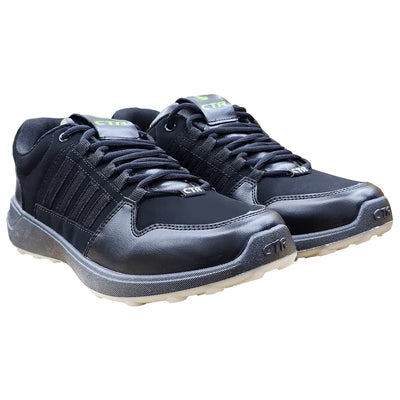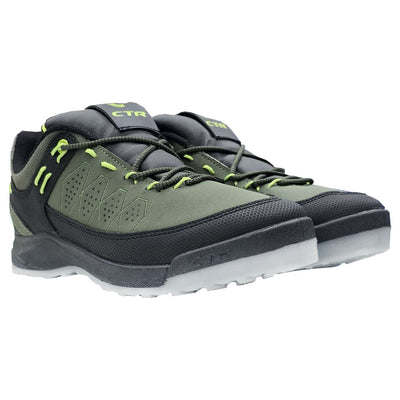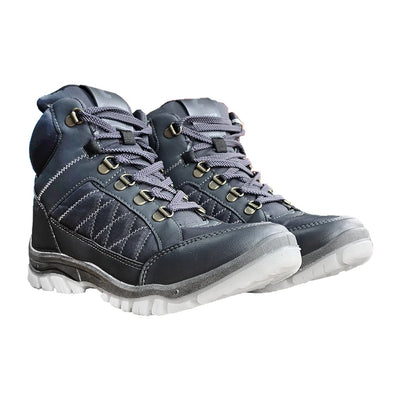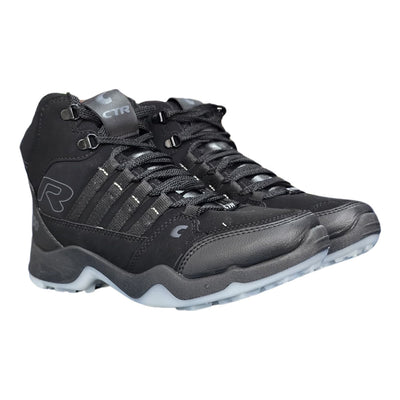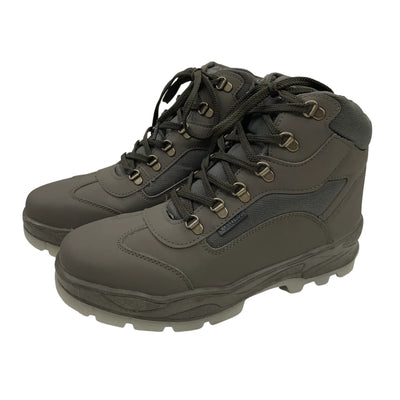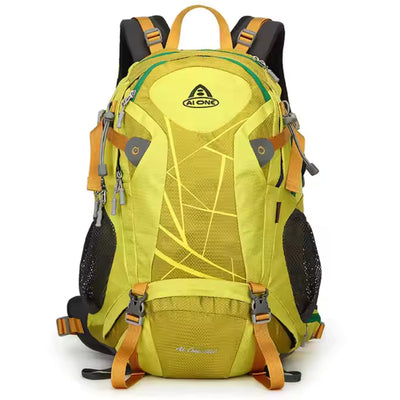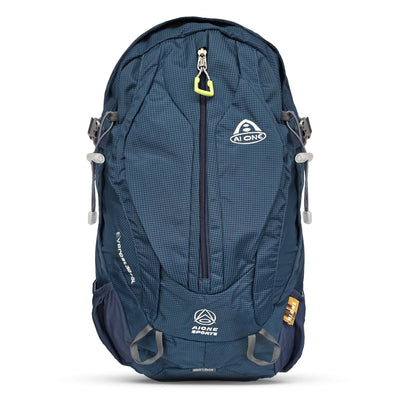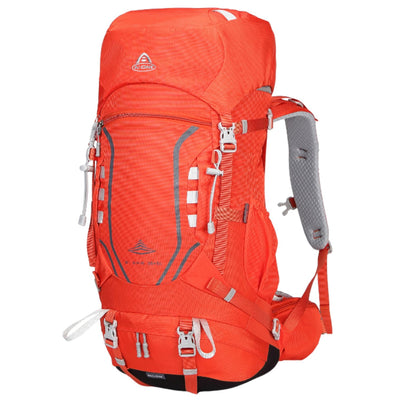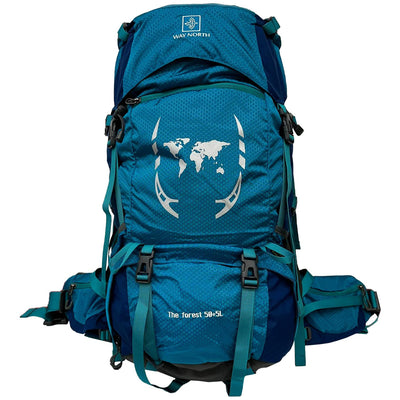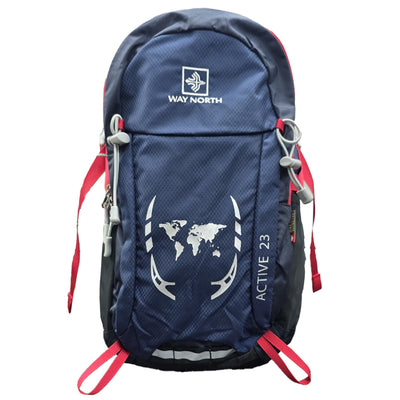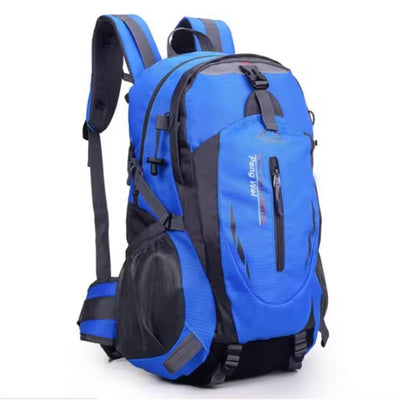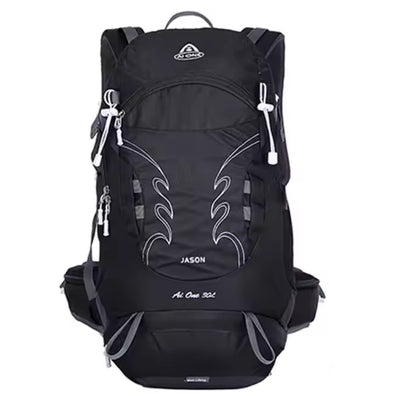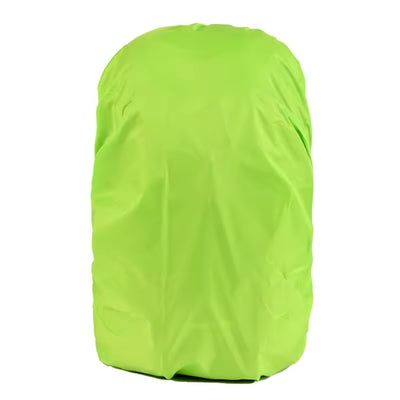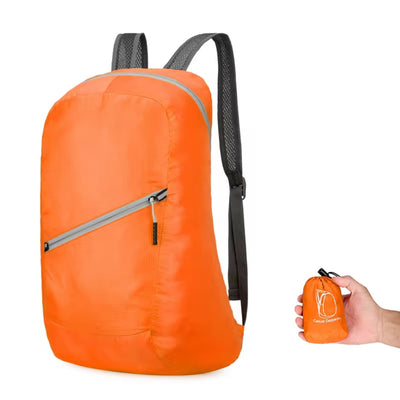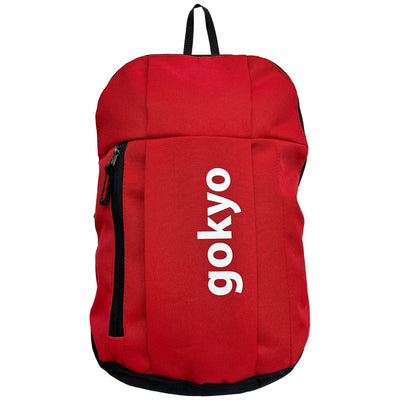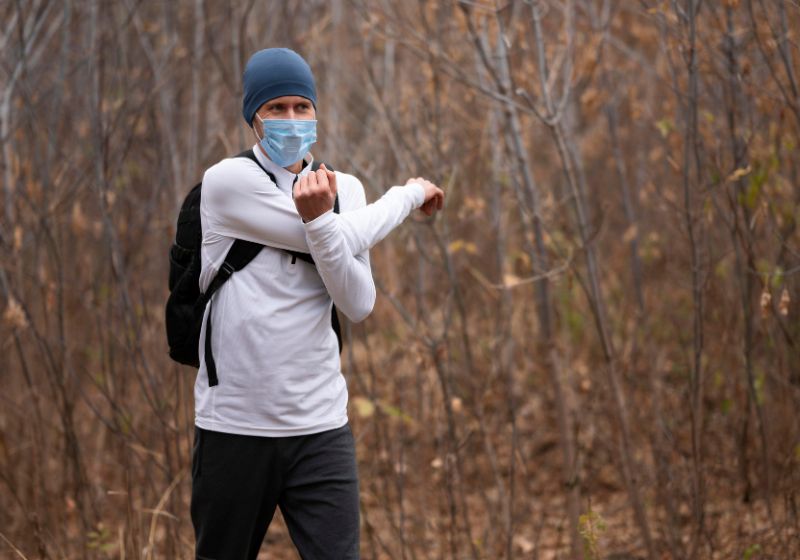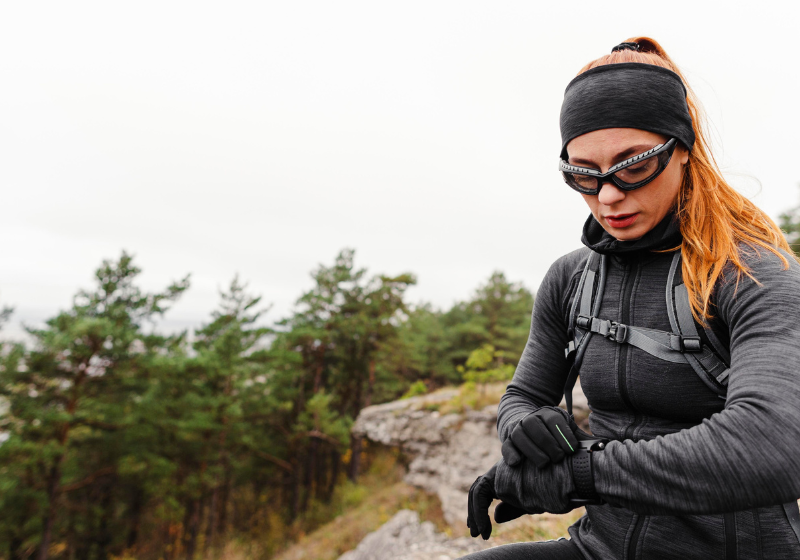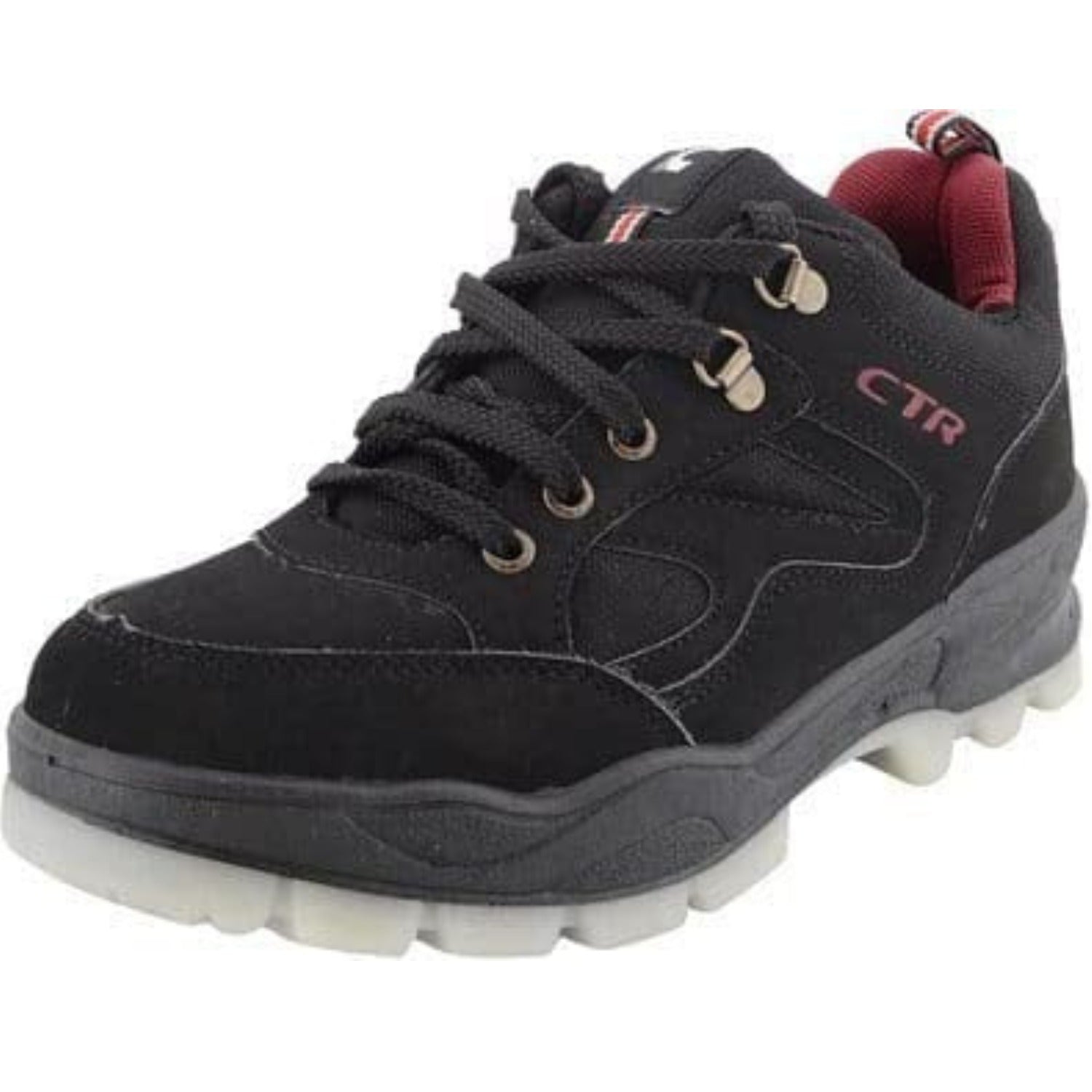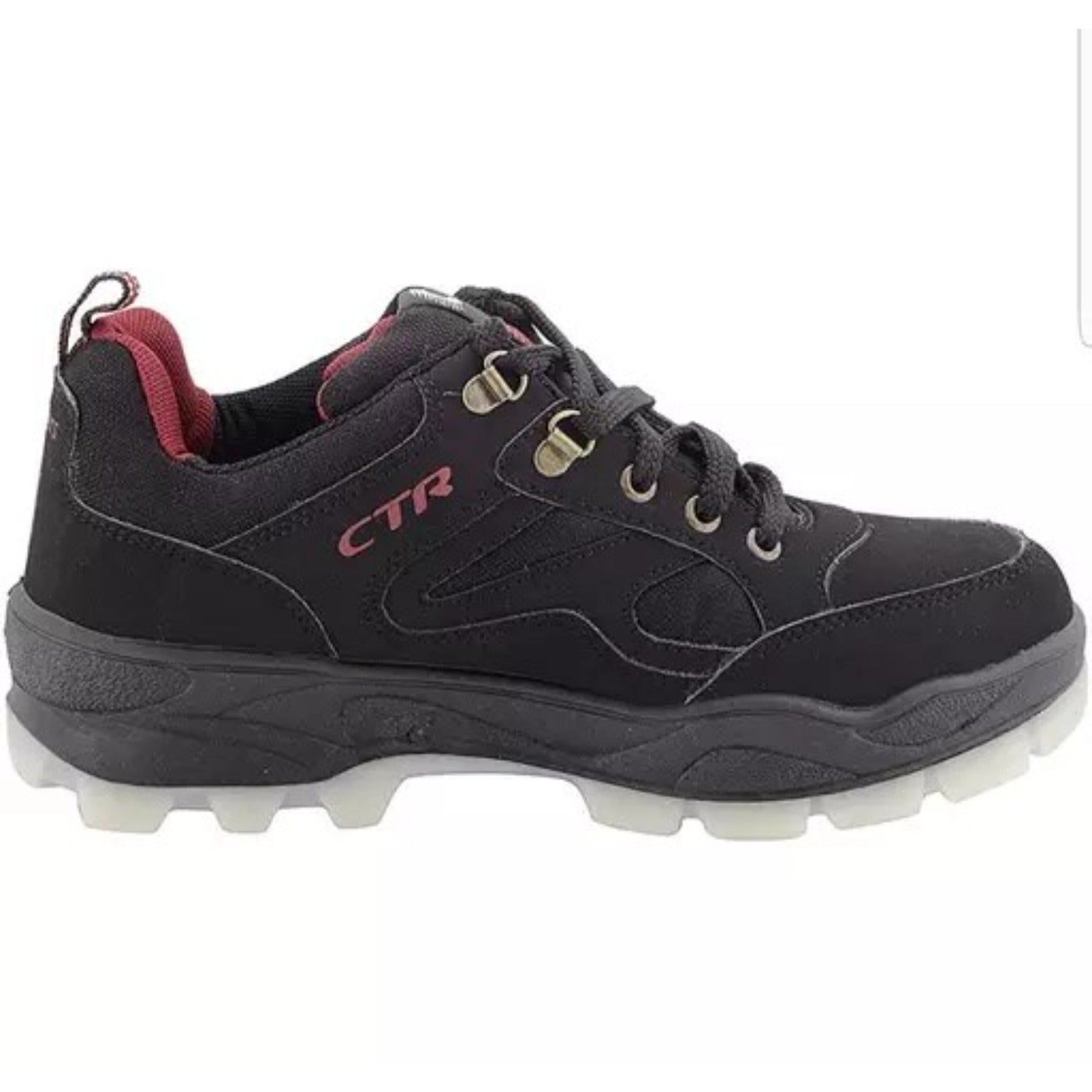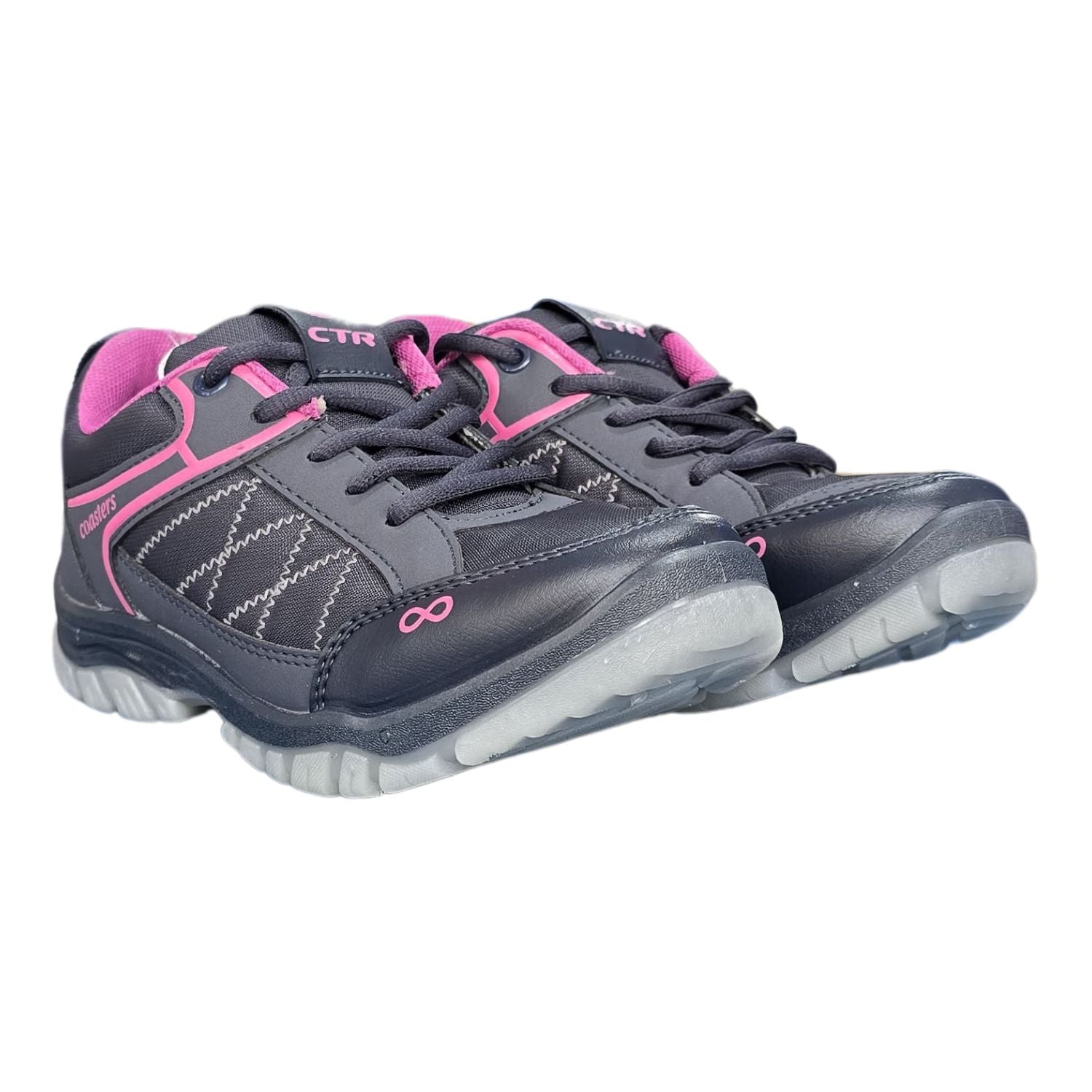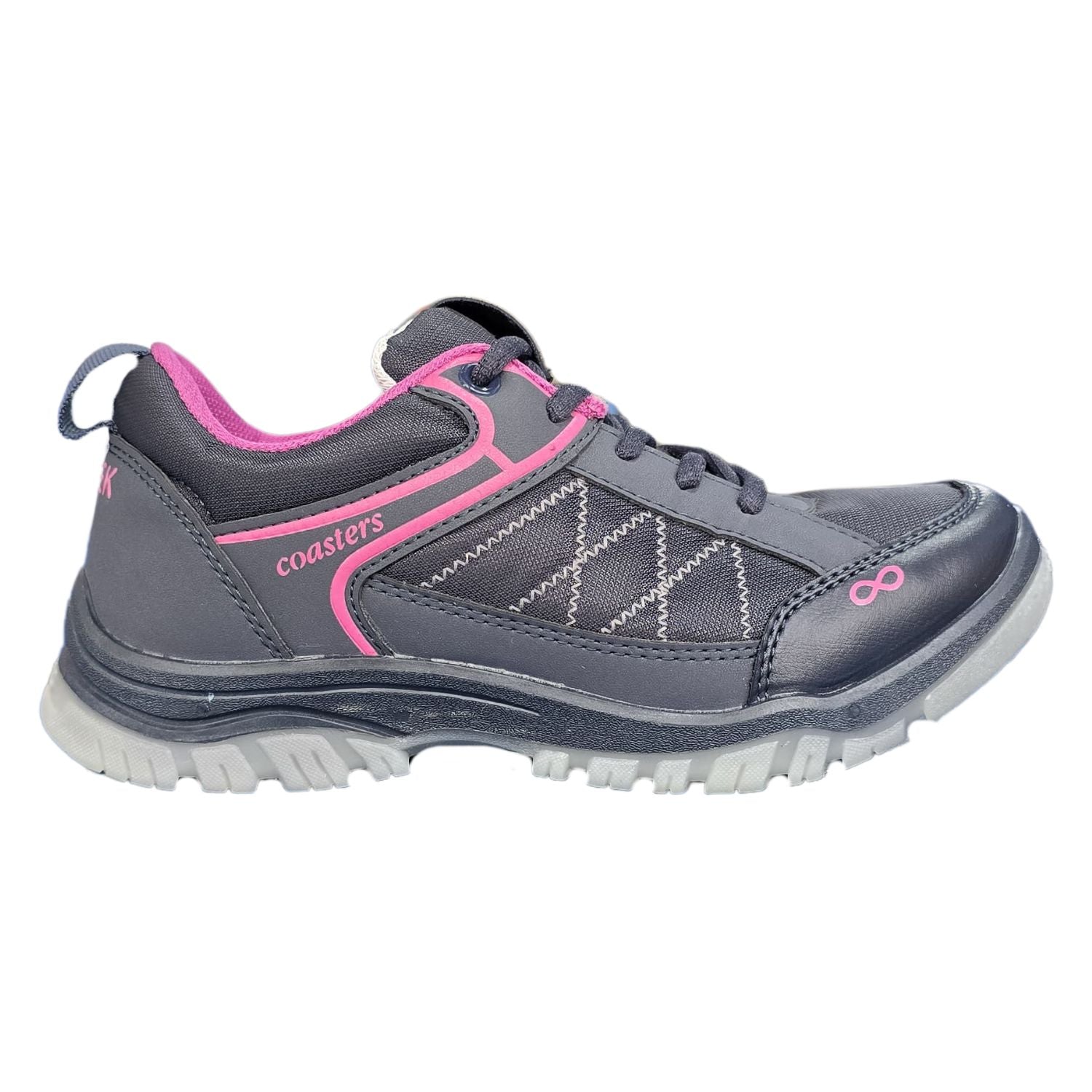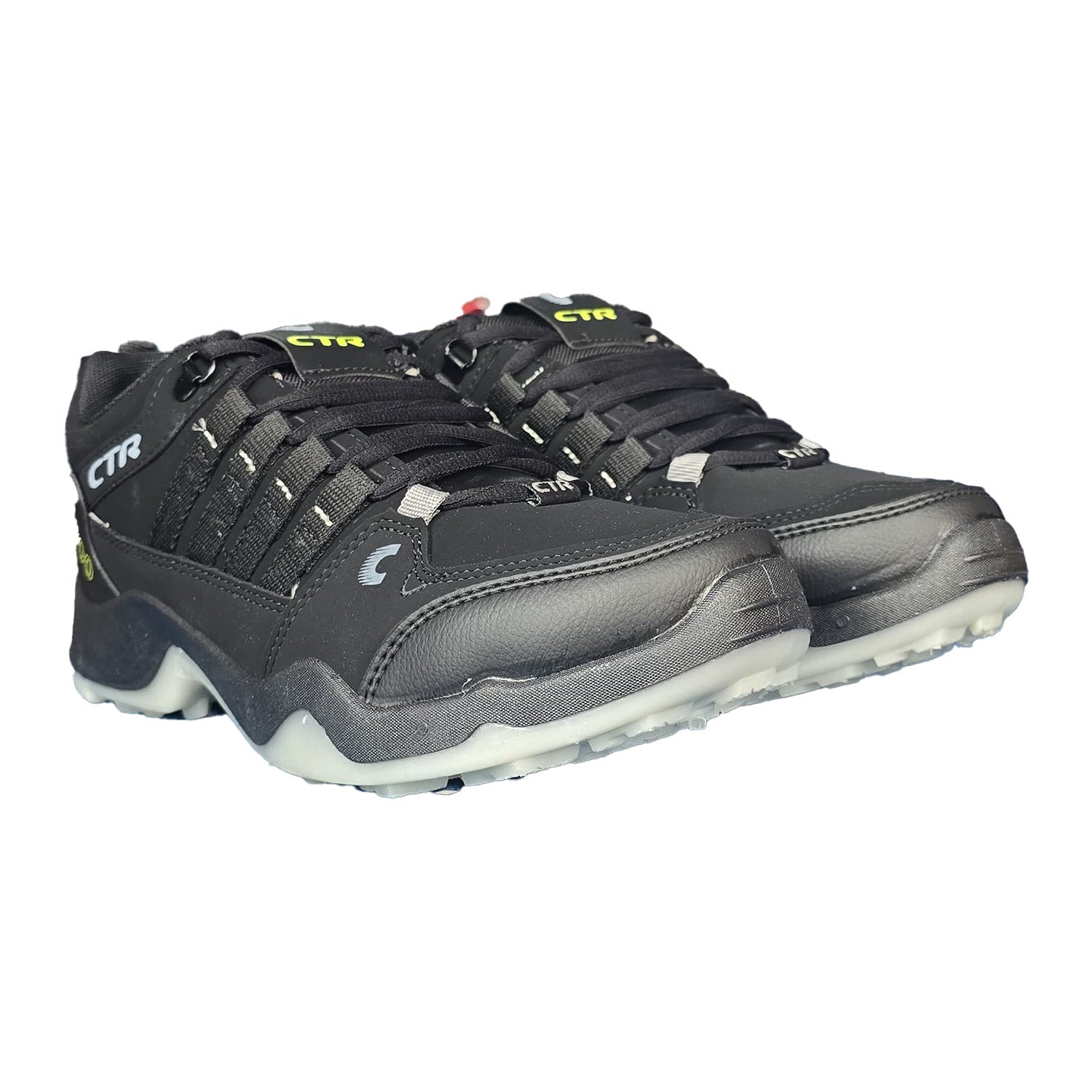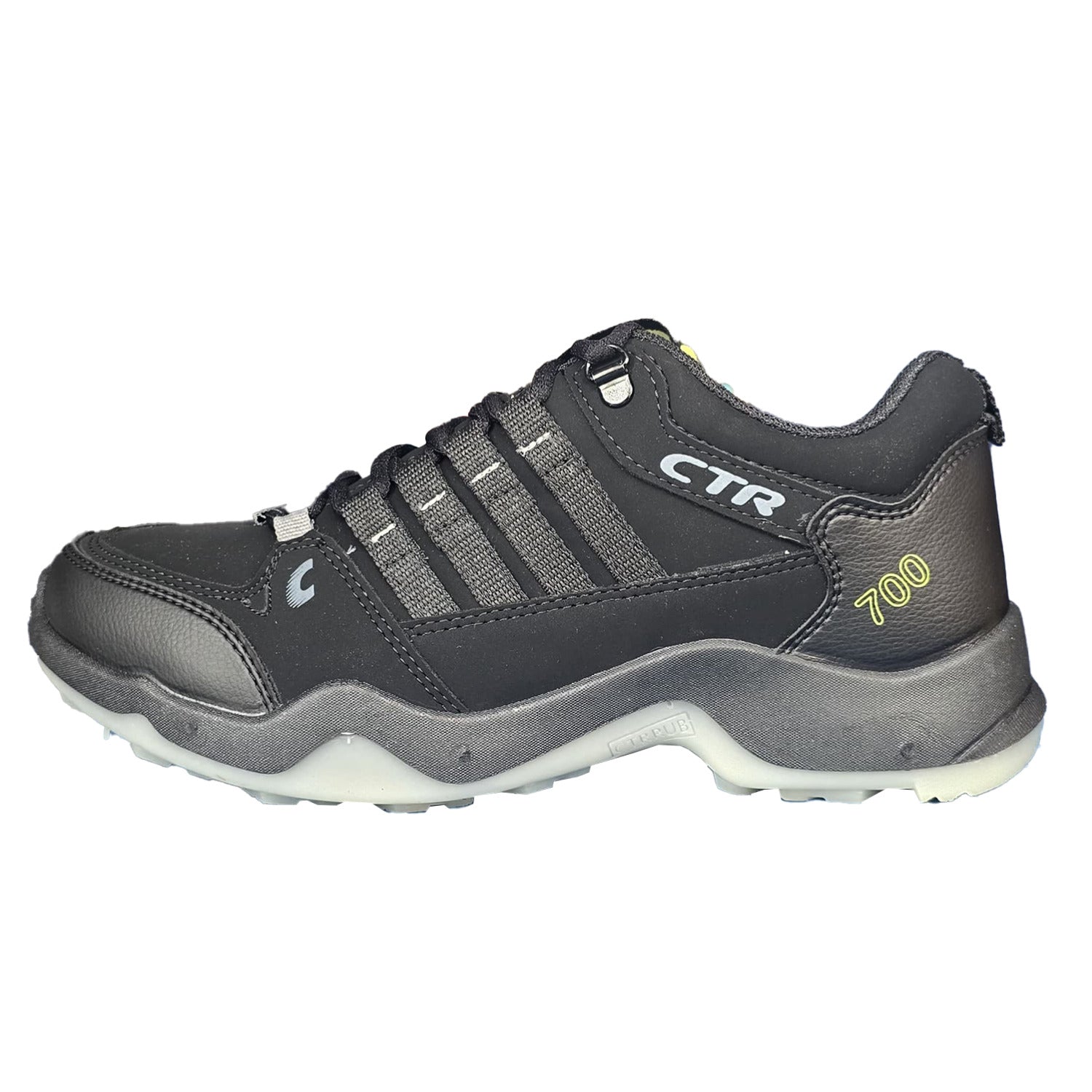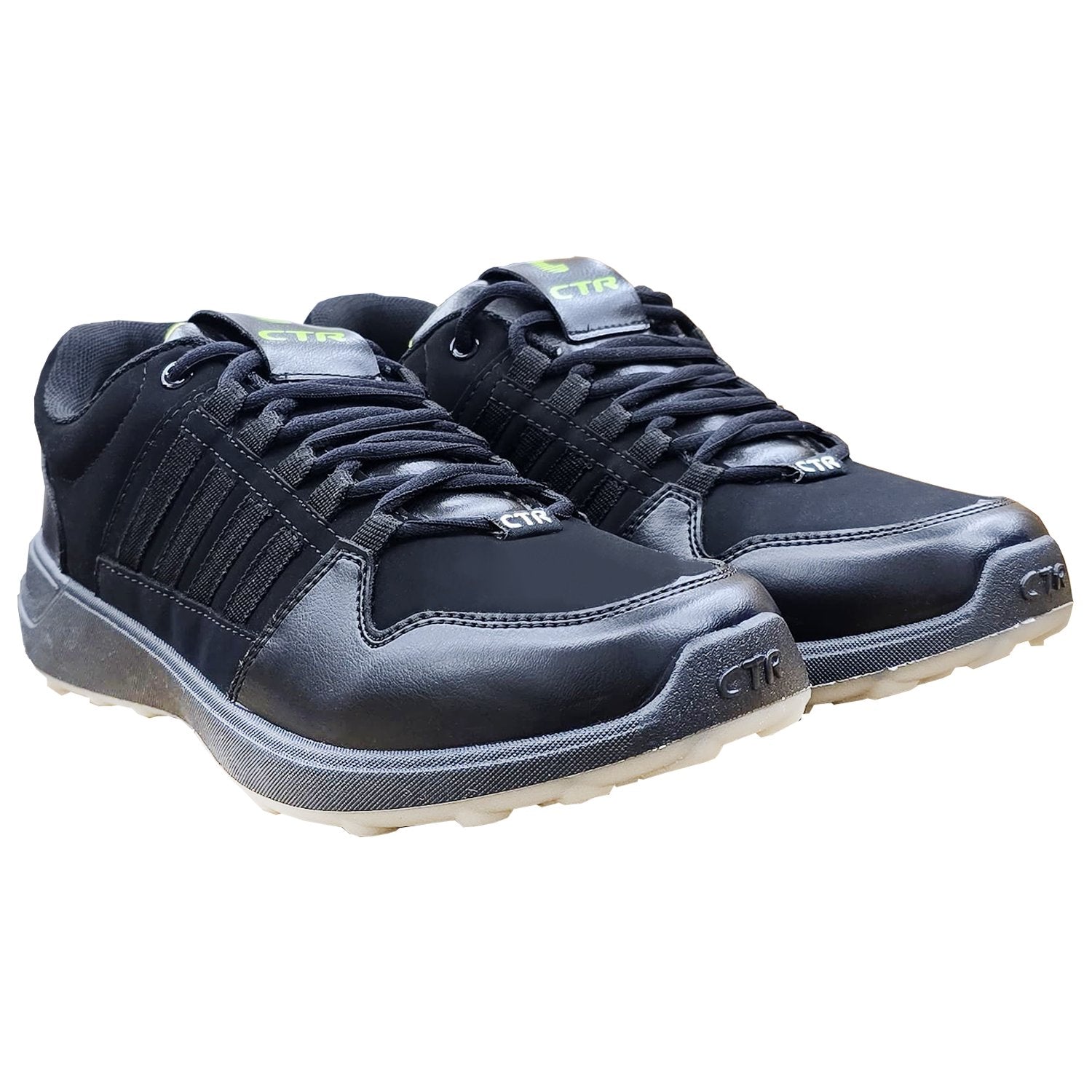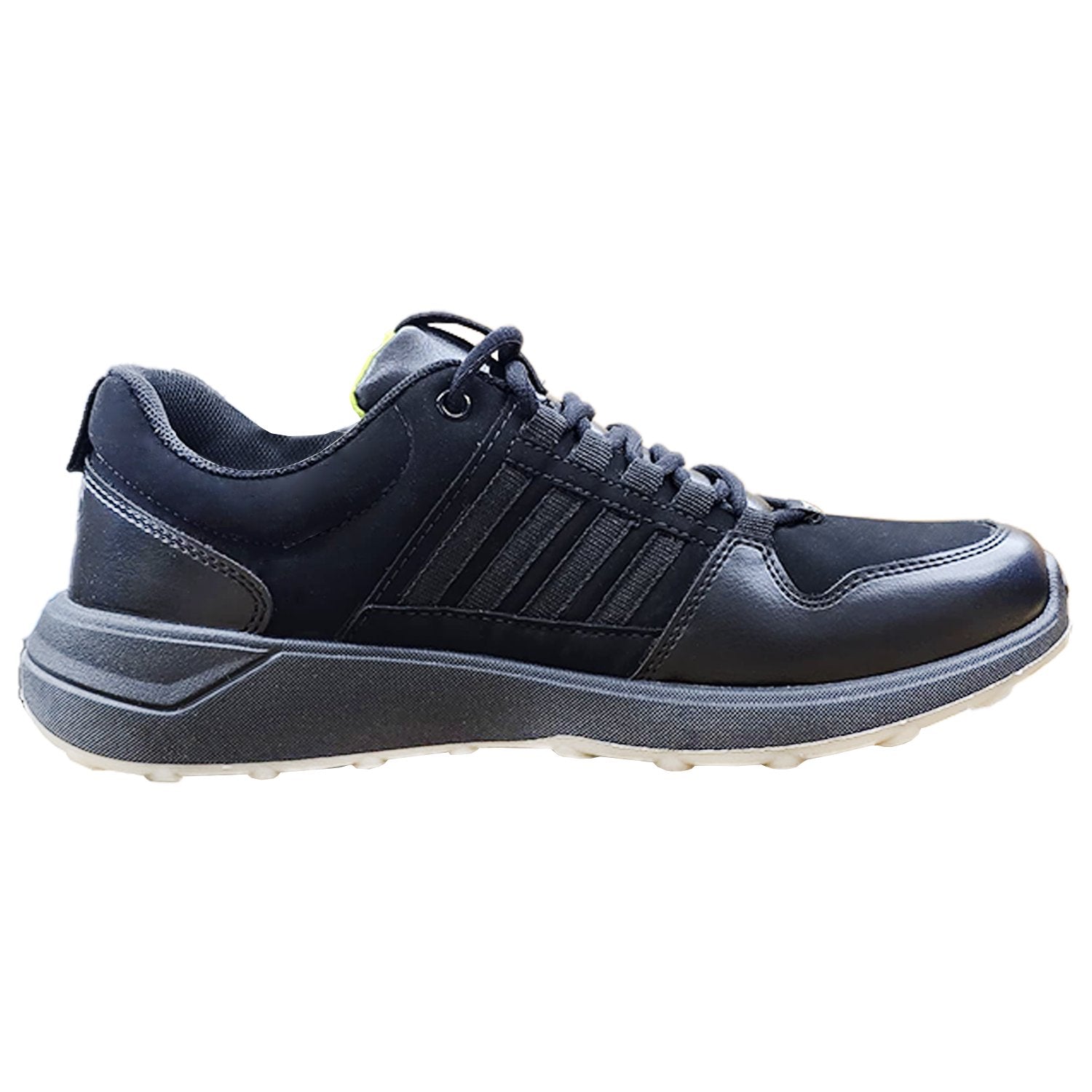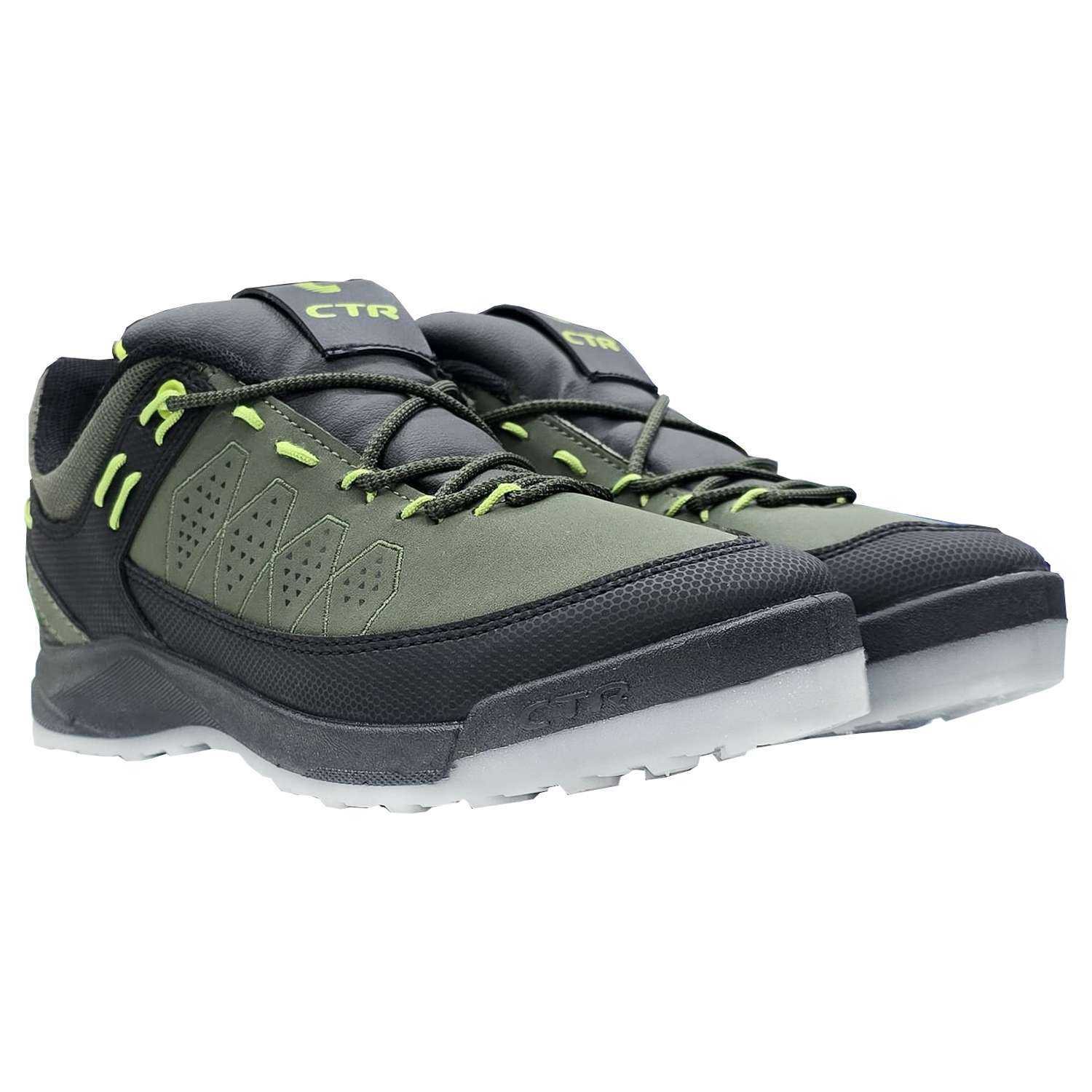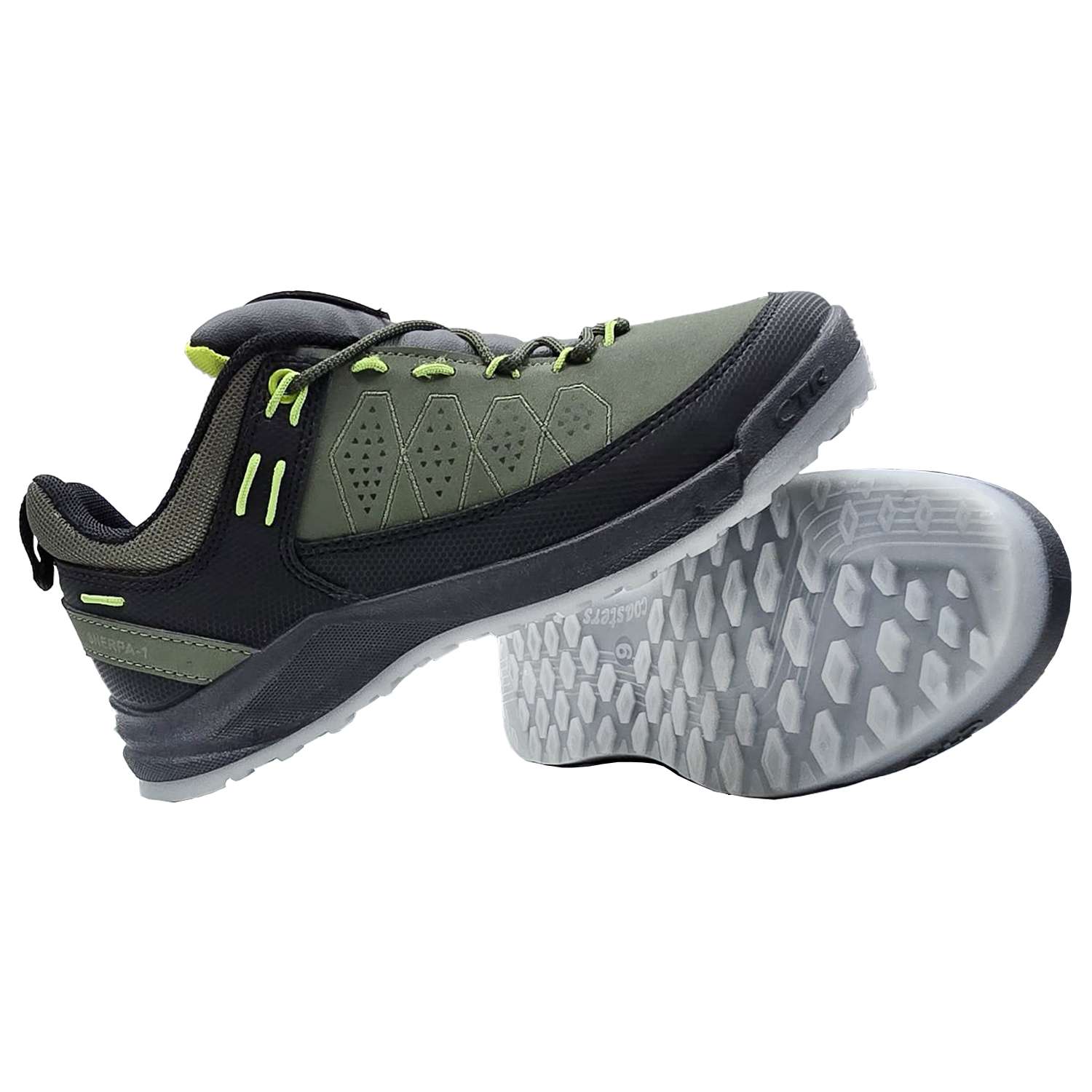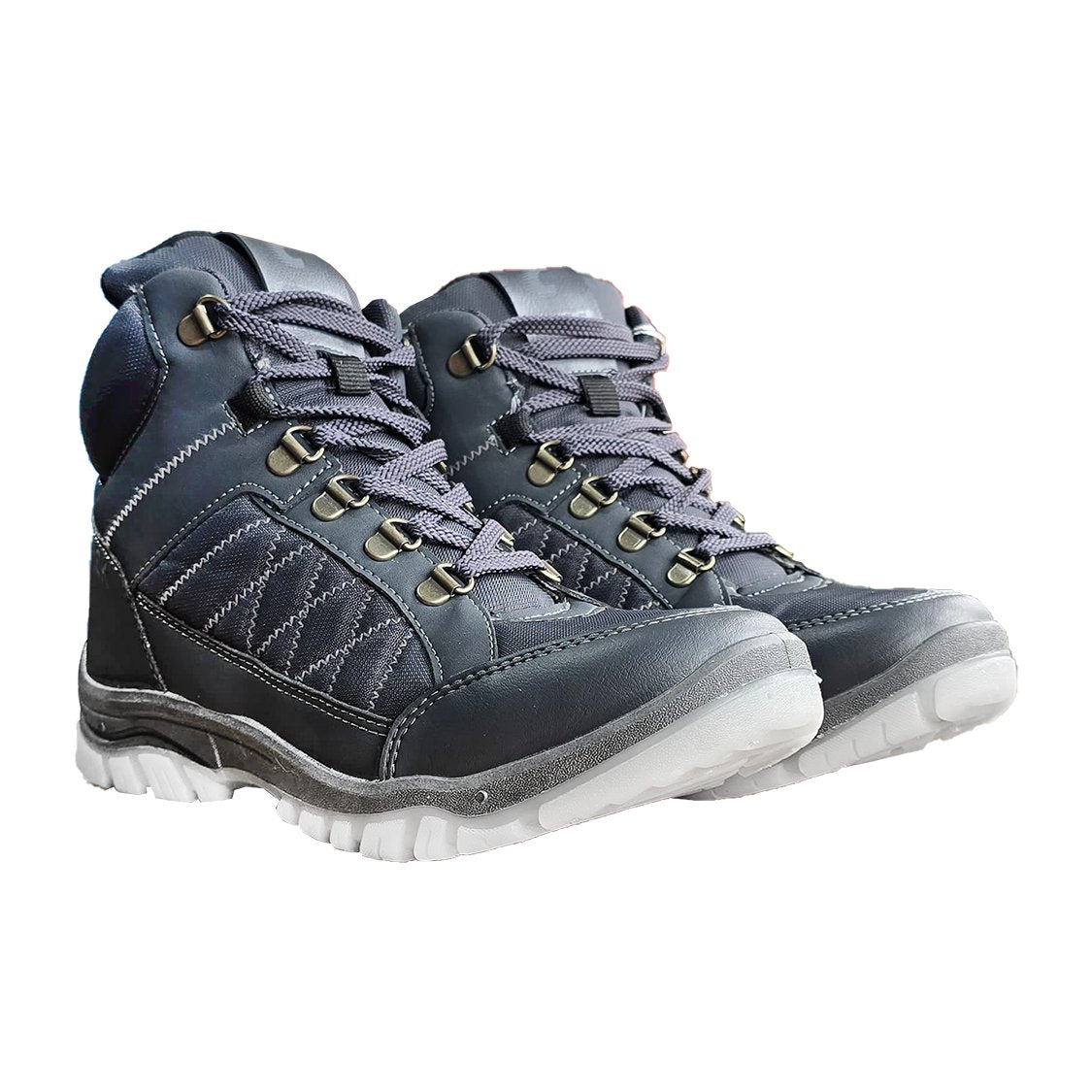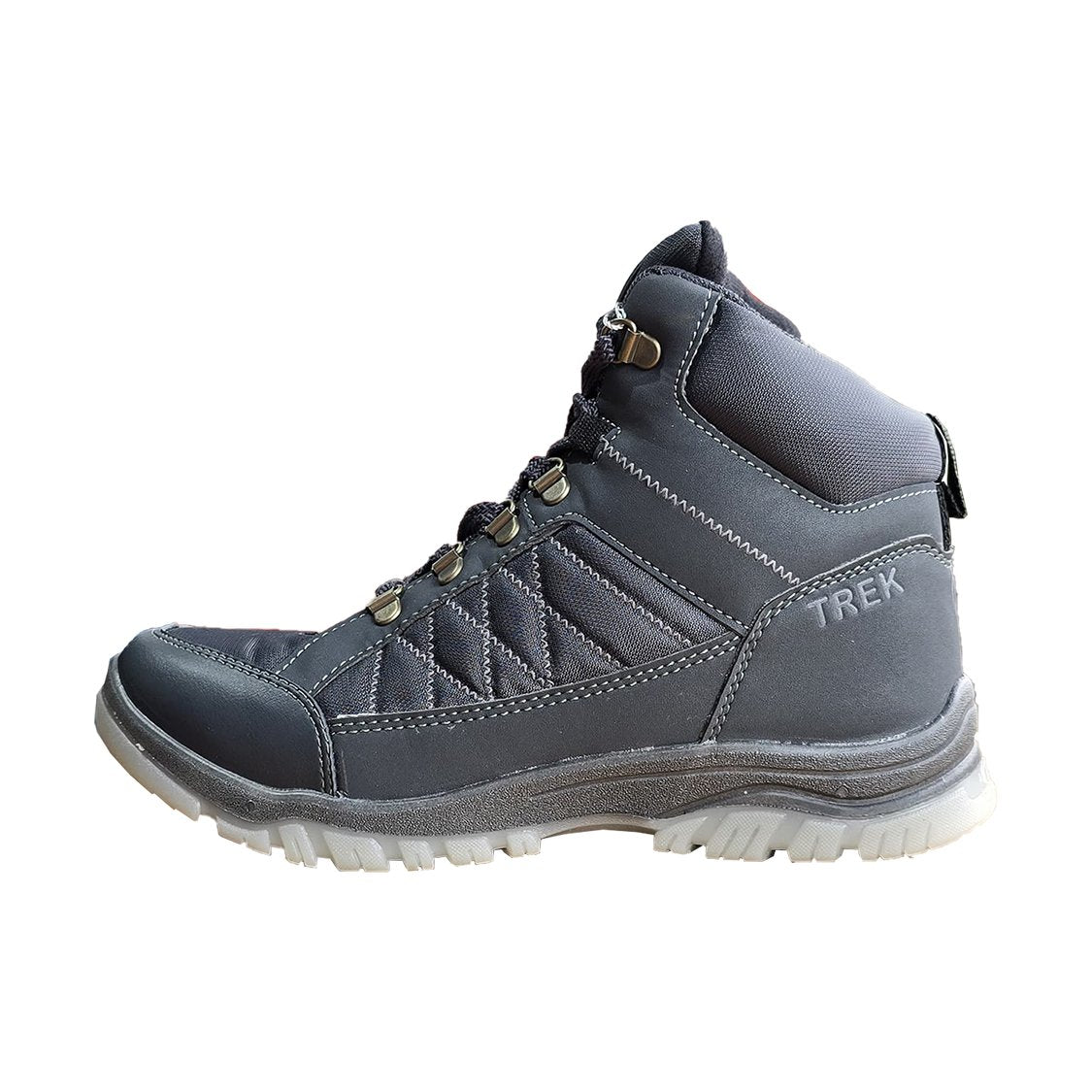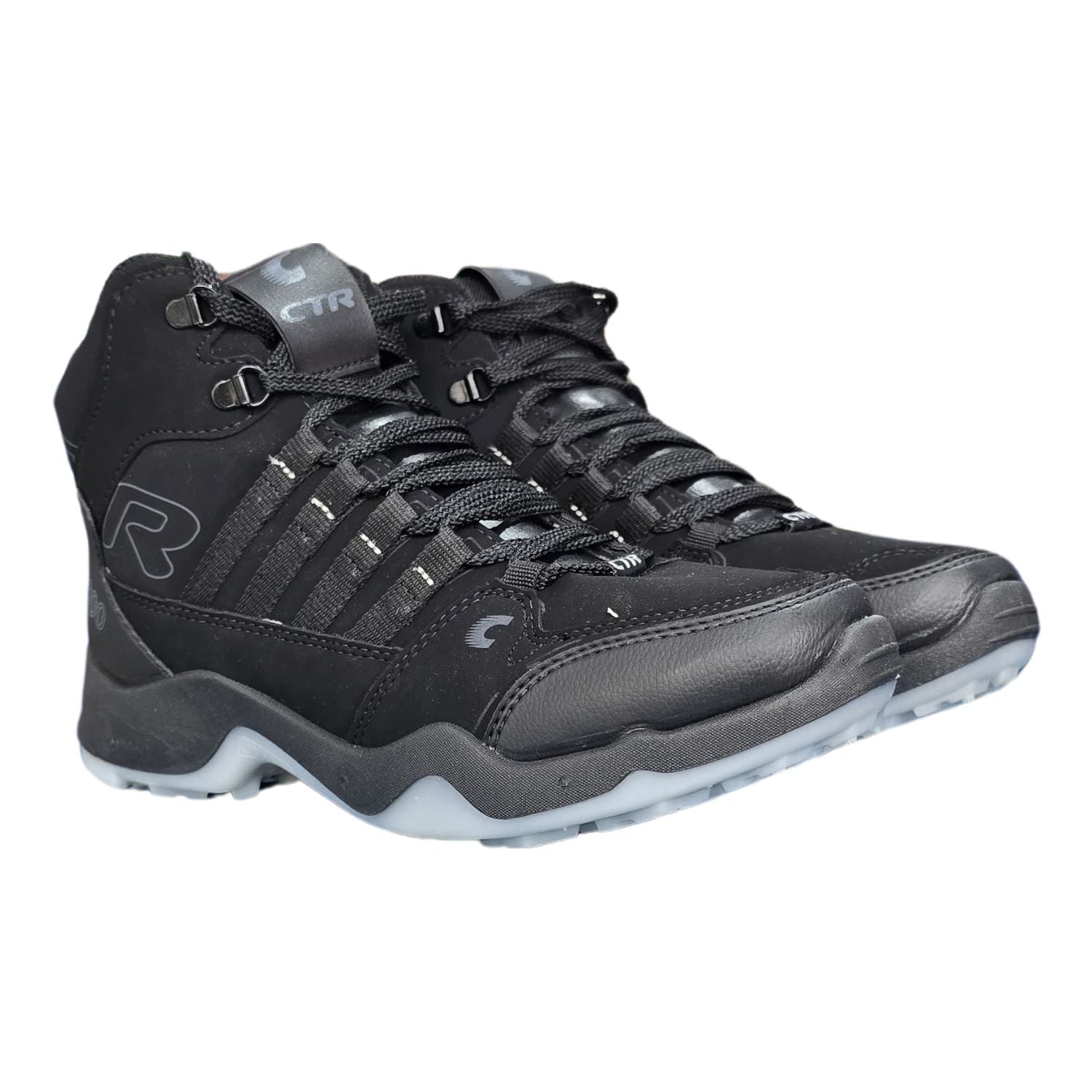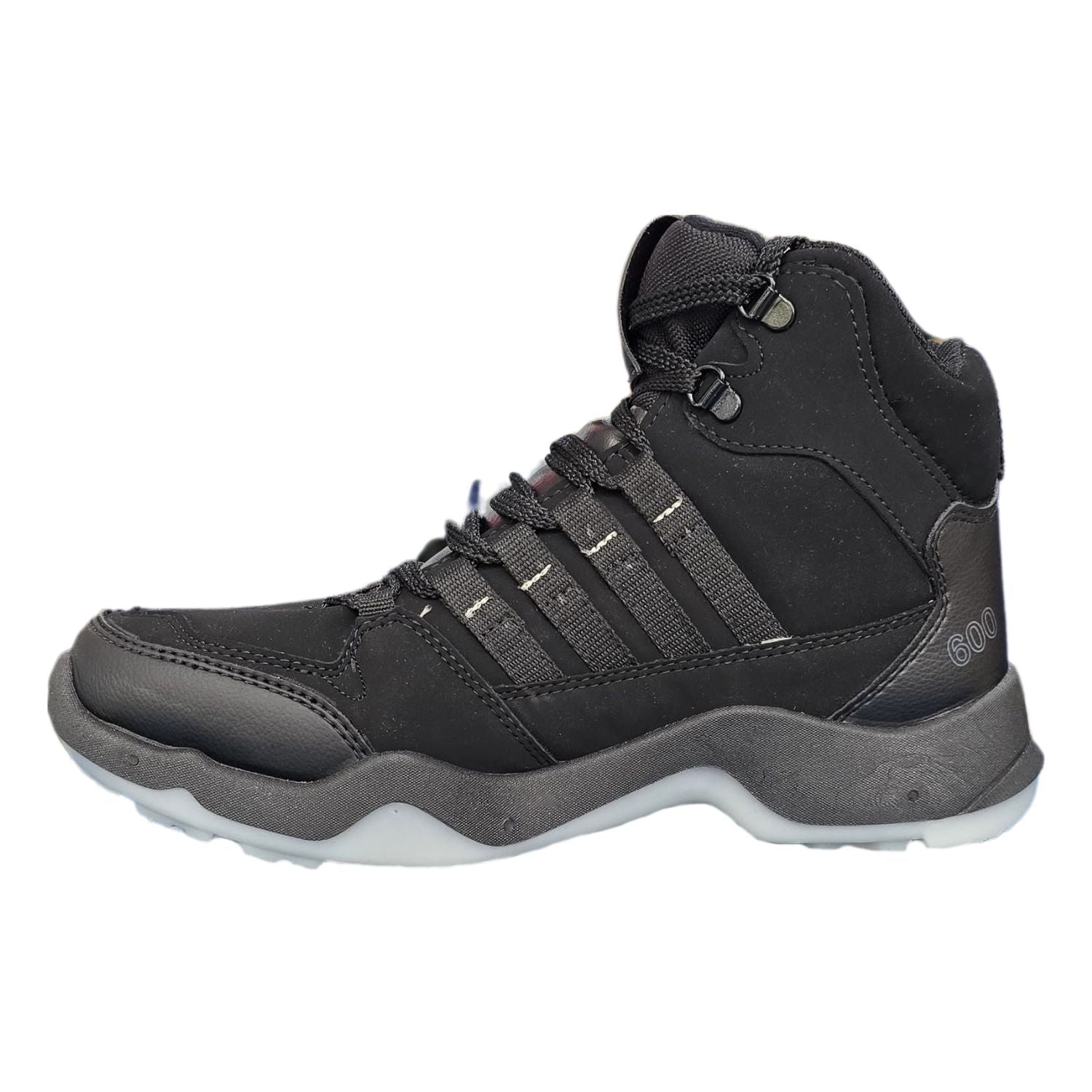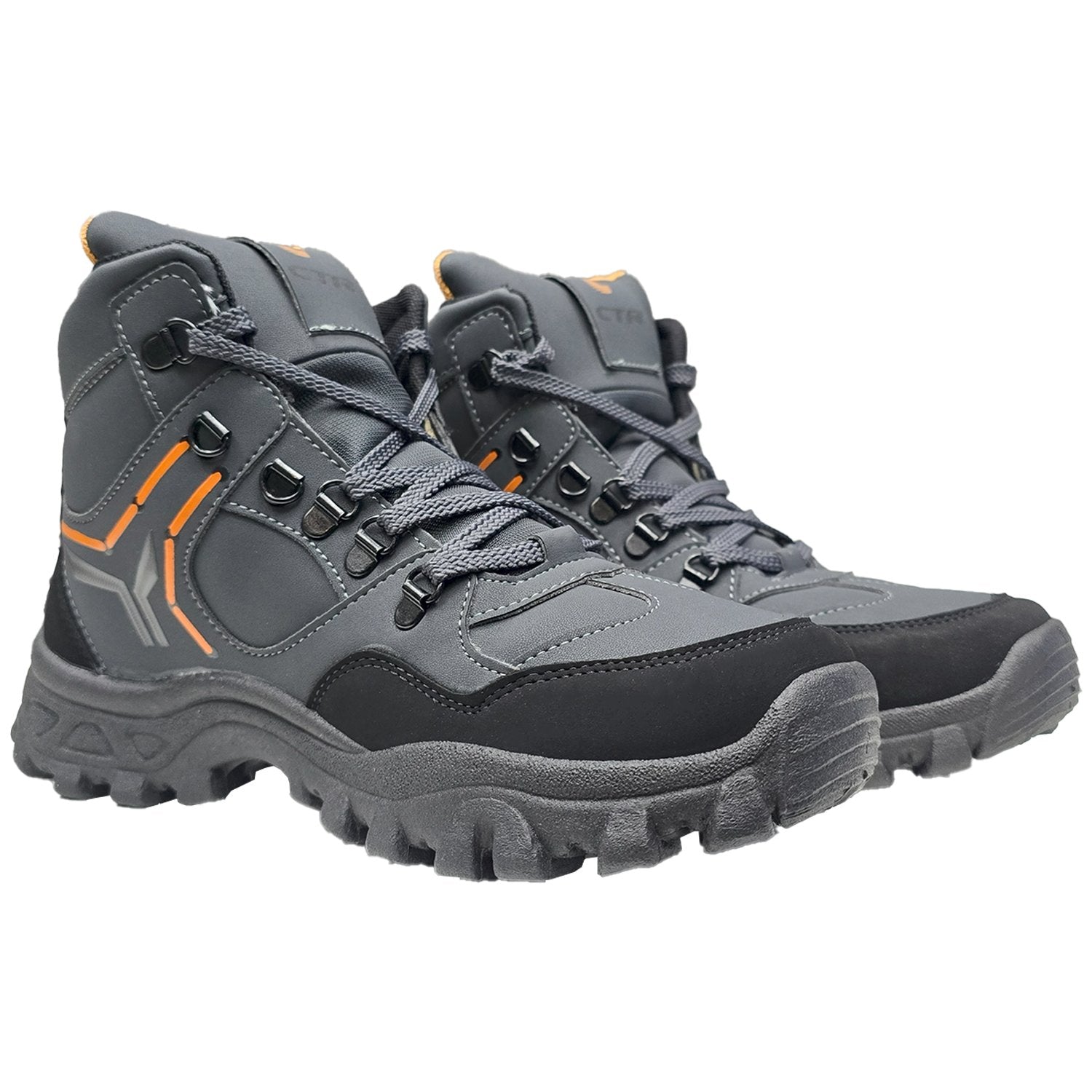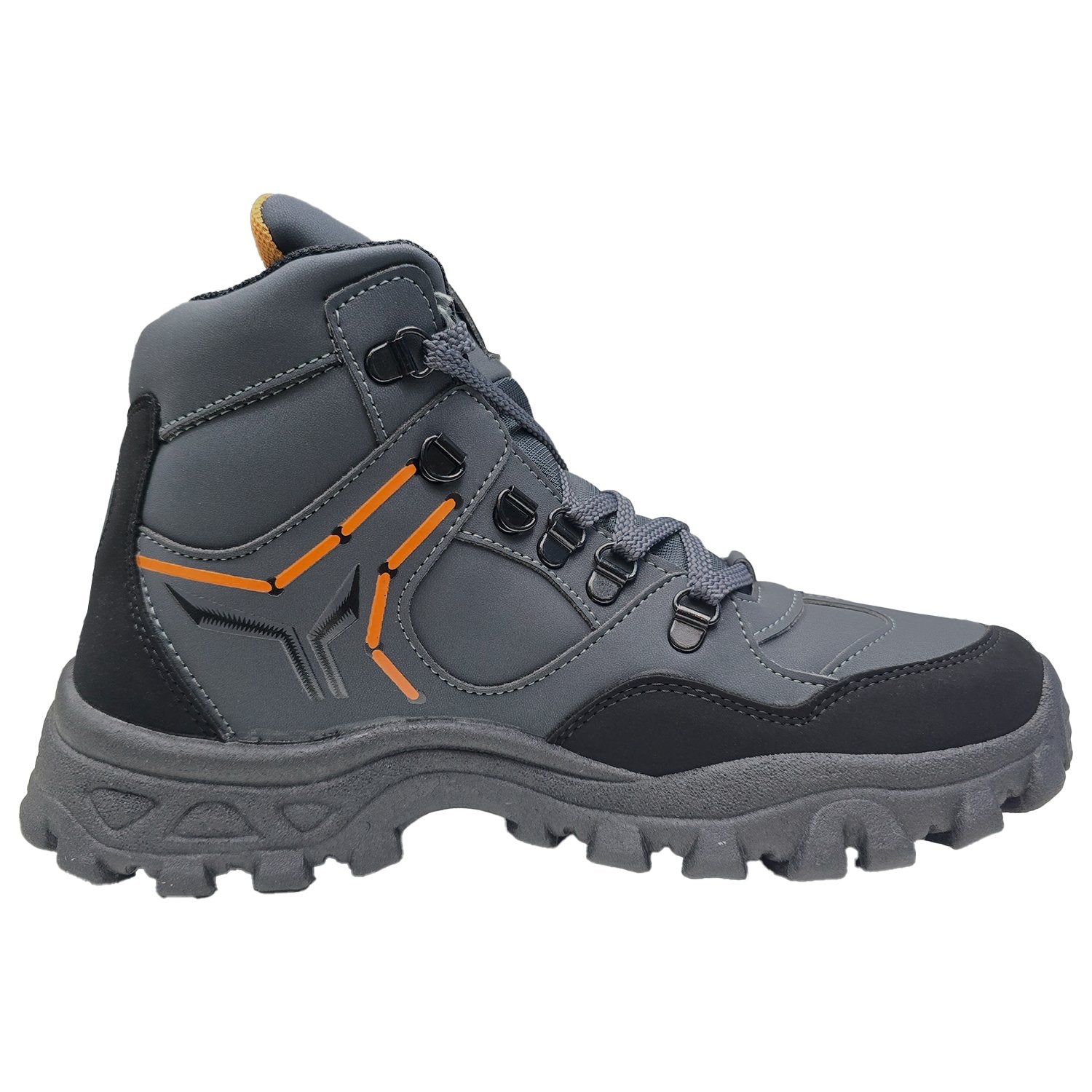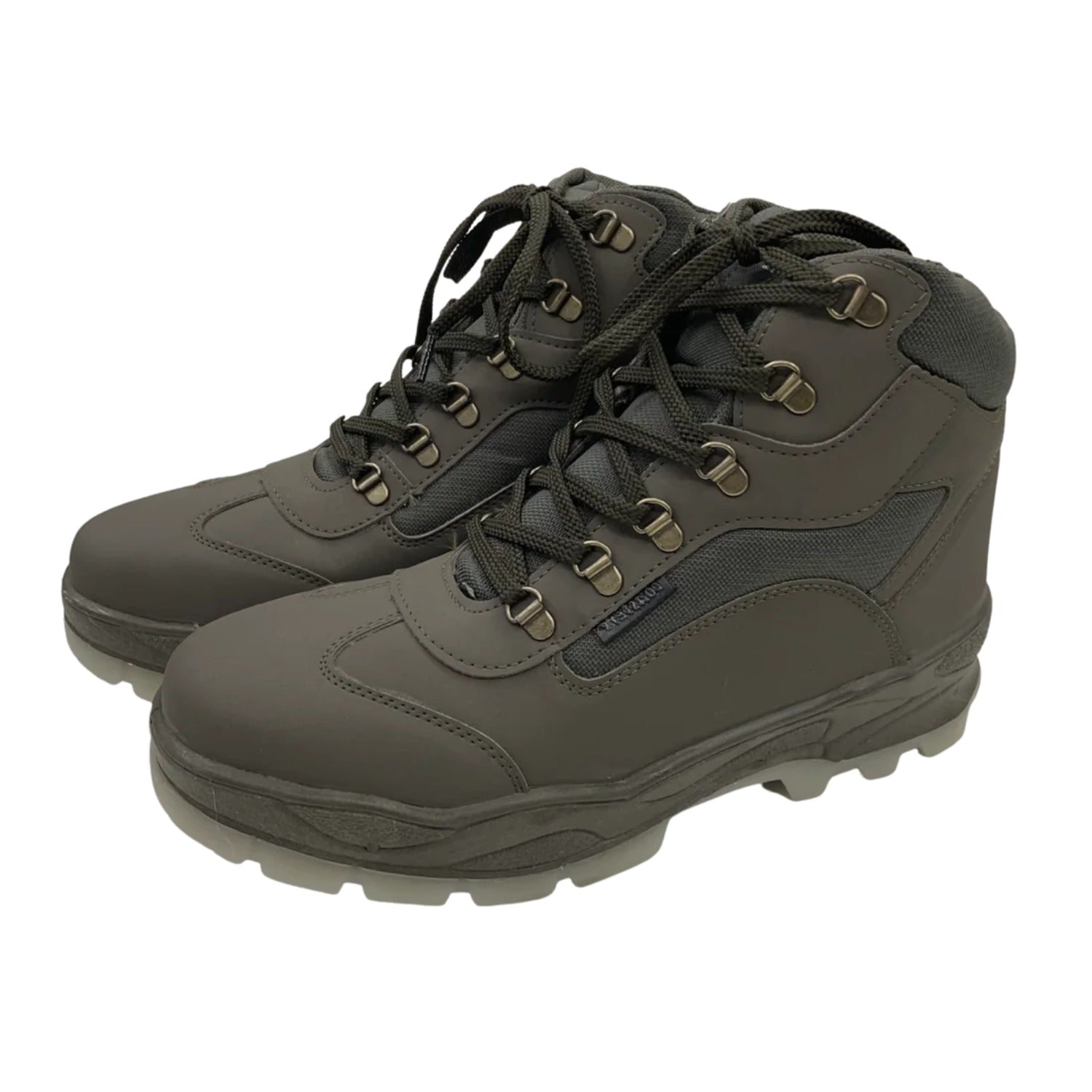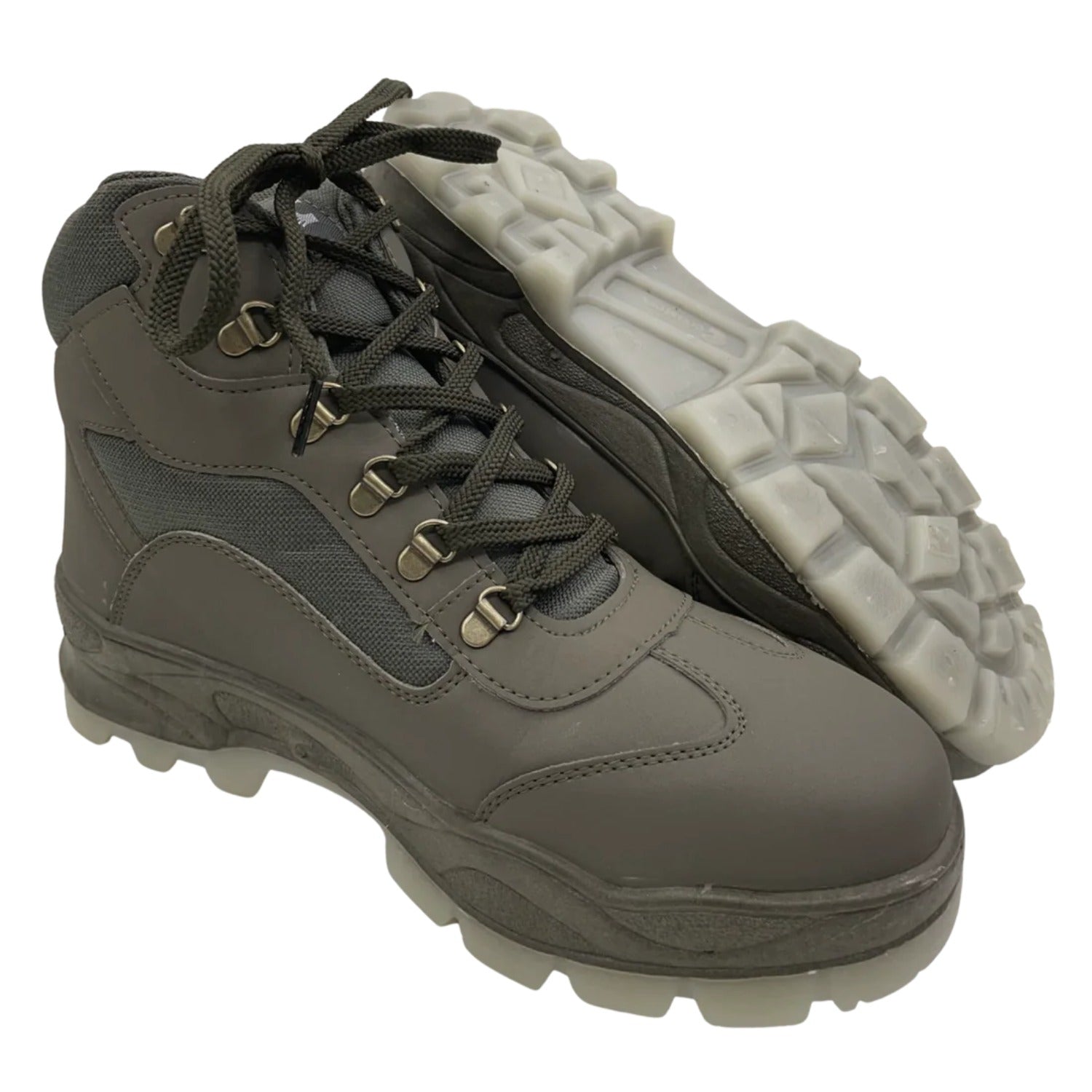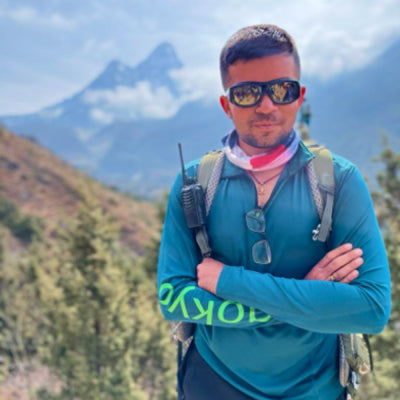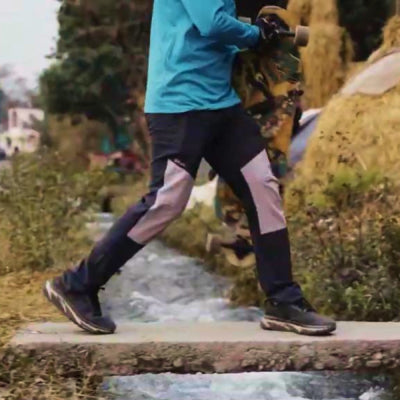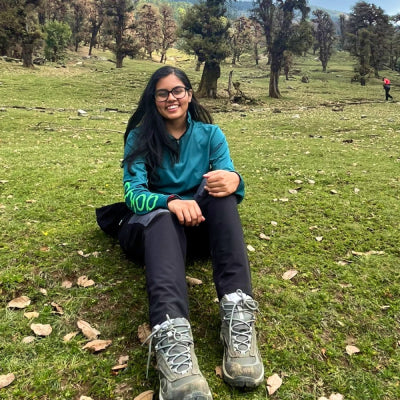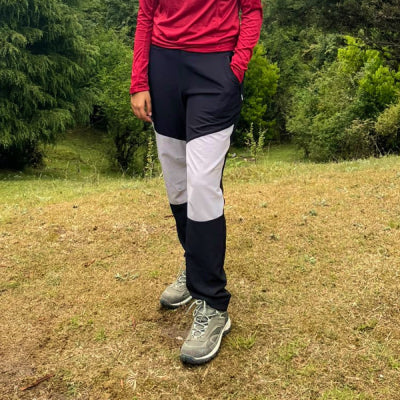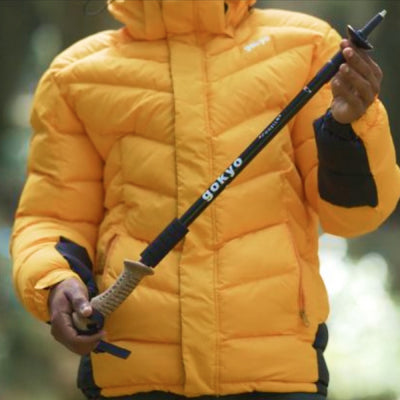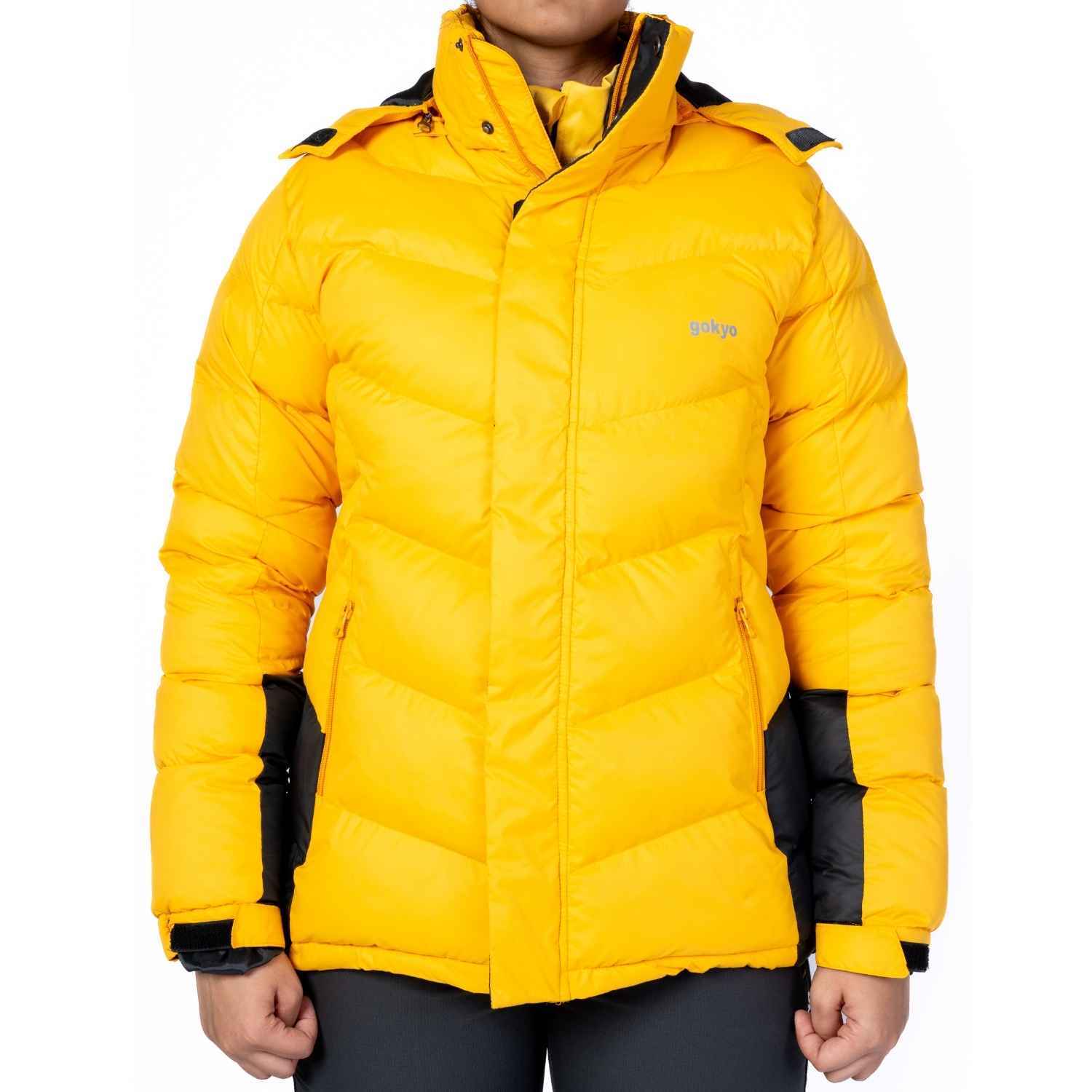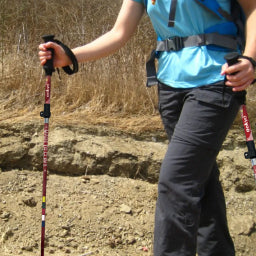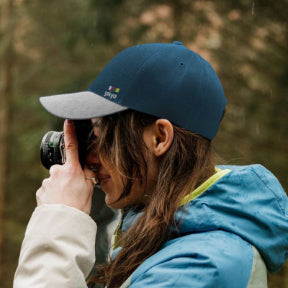Top 5 Things to Consider in Trek and Hiker Shoes to Achieve Ultimate Comfortability
If you've ever undertaken a long-distance trek or multi-day trek, you know one thing all too well: your boots or shoes will either make or break the trip. There is nothing that takes the air out of the mountains faster than blisters or sore arches, or wet socks from an unexpected river crossing. This is why the decision of the right pair of hiking shoes and trek footwear is about more than style or brand-preferred—it is about staying alive, and staying comfortable, so you can make memories on the trail and not on the sofa with sore feet.
When we discuss outdoor escapades and adventures, we consider backpacks, coats, or even tents, but do not consider how important footwear is. The trekking shoes are literally the bridge between you and the landscape, be it boulderous ridges, slippery jungle walks, or snow-covered trails. Spending on the perfect pair is an investment in safety and pleasure.
Then how do you determine which pair is worth lacing up? Let's explore the five best features you should never compromise on while purchasing shoes for trekking or hiking.
1. Fit That Acts As A Second Skin
No matter how advanced the technology of the shoe, if it doesn’t fit your foot shape, it won’t work. A good trekking gear shoe should feel snug but not tight, with enough wiggle room for your toes and secure support around the heel.
Pro tip: Be sure to try on your boots in the evening or after a short hike. Your feet swell up a little throughout the day, and trying them then will provide a more accurate idea of how comfortable or painful they will be after hours on the trail.
And another golden rule here, don't venture into hiking in newly purchased trekking shoes right off the shelf. Wear them first on short walks or short hikes. This will make the shoe conform to the foot and prevent the drama of agonizing blisters in the middle of your escapade.
Trail-Tested Trekking Shoes You Can Rely On
2. Grip That Grounds You
As you hike on varied ground, mud, slippery rocks, and loose stones, the tread on your shoes is like a good buddy. A tough sole with deep lugs provides grip and will keep you in place on a steep up or a slippery down.
Some of the top hiking shoes available today use advanced rubber compounds that combine grip and wear life. The concept is simple: you want the shoes to resist wear, you want them to grip, and you want them to keep you stable on slippery ground.
If you're trekking in places where it's usually wet, you may want to think about a waterproof boot that has a special sole for walking in wet conditions. That’s the type of comfort you can expect when you have a good grip on your shoe.
3. Supportive Cushioning
Walking in long-distance events is not simply a million steps—each single foot strike impacts all of your joints. Support from trekking gear is especially important for comfort and protecting the body from each consecutive strike. The midsole, often made of EVA foam or PU foam, is designed specifically for shock absorption and long-lasting comfort.
Without cushioning, fatigue will come much sooner and will lead to mistakes, such as tripping or turning an ankle. The ideal cushioning keeps your stride efficient and minimizes strain so you can concentrate on the stunning view and not on sore feet.
Top Trekking Gear Picks Recommended by Us
4. Durability That Withstands the Wild
Treat your trekking shoes like adventure buddies; they will be subjected to all that the great outdoors has to offer. That includes rocks gnawing at the sides, mud caking on the surface, and, in some cases, even snow or stream walks.
Long-lasting shoes are made of durable uppers, leather, synthetic blends, or mesh reinforced by overlays. Reinforced toe caps will defend against random stubs on rocks, and solid construction will keep your shoe from coming undone halfway through the hike.
5. Breathability and Weather Protection
One day you may be walking through hot valleys and the next through cold mountains shrouded in mist. The ideal boots or hiking shoes will be a balance of breathability and weather protection. Waterproof linings like Gore-Tex exclude rain but release sweat.
Breathability prevents overheating and blistering caused by moisture buildup, while waterproofness keeps chill, wet socks at bay. Provided your trekking schedule is mainly in hot and dry weather, opt for breathability. But if it will be raining or snowing or stream crossing, waterproofness goes up the priority list.
Why This Decision Is More Important Than You Think
Trekking shoes are like the ground base of your trip. A poor pair may bring you to a standstill, injure you, or even terminate your holiday. A good pair? You will hardly even be aware of them, enjoying the views, the ascent, the jokes with other trekkers, and the times it is just you and nature.
That’s why Gokyo Outdoor Clothing & Gear is so focused on footwear technology. Selling trekking shoes is not their attitude; it’s assuring each adventurer that he or she will feel at ease on the trip.
Frequently Asked Questions (FAQs) :
1. How long will a pair of trekking boots last?
A well-cared-for pair will do 700–1,000 kilometers. The terrain, weight carried, and maintenance dictate lifespan.
2. Will I need waterproof boots on all treks?
Not always. Waterproof boots are great in wet or snowy conditions, but choose one that fits the type of trekking you’ll do most.
3. What is the difference between trekking shoes and hiking boots?
Trekking boots are lighter and for moderate trails, while hiking boots provide ankle support and are better for rough, multi-day trips.
4. Can I wear casual sports shoes for trekking?
For short, the easy trails, yes. But for long treks, sports shoes lack grip and cushioning—choose proper hiking shoes instead.
5. How do I break in new trekking shoes?
Wear them around the house, take short walks, and then gradually lace them up for longer hikes.
6. Should I upsize when buying trekking shoes?
Yes, usually by half a size. This allows for thick socks and natural swelling.
Conclusion
Trekking and hiking are not merely exercises but experiences that linger. Seek the perfect fit, grip, cushioning, sturdiness, and breathability. Because once your feet are happy, your heart and soul are free to savor the journey.

